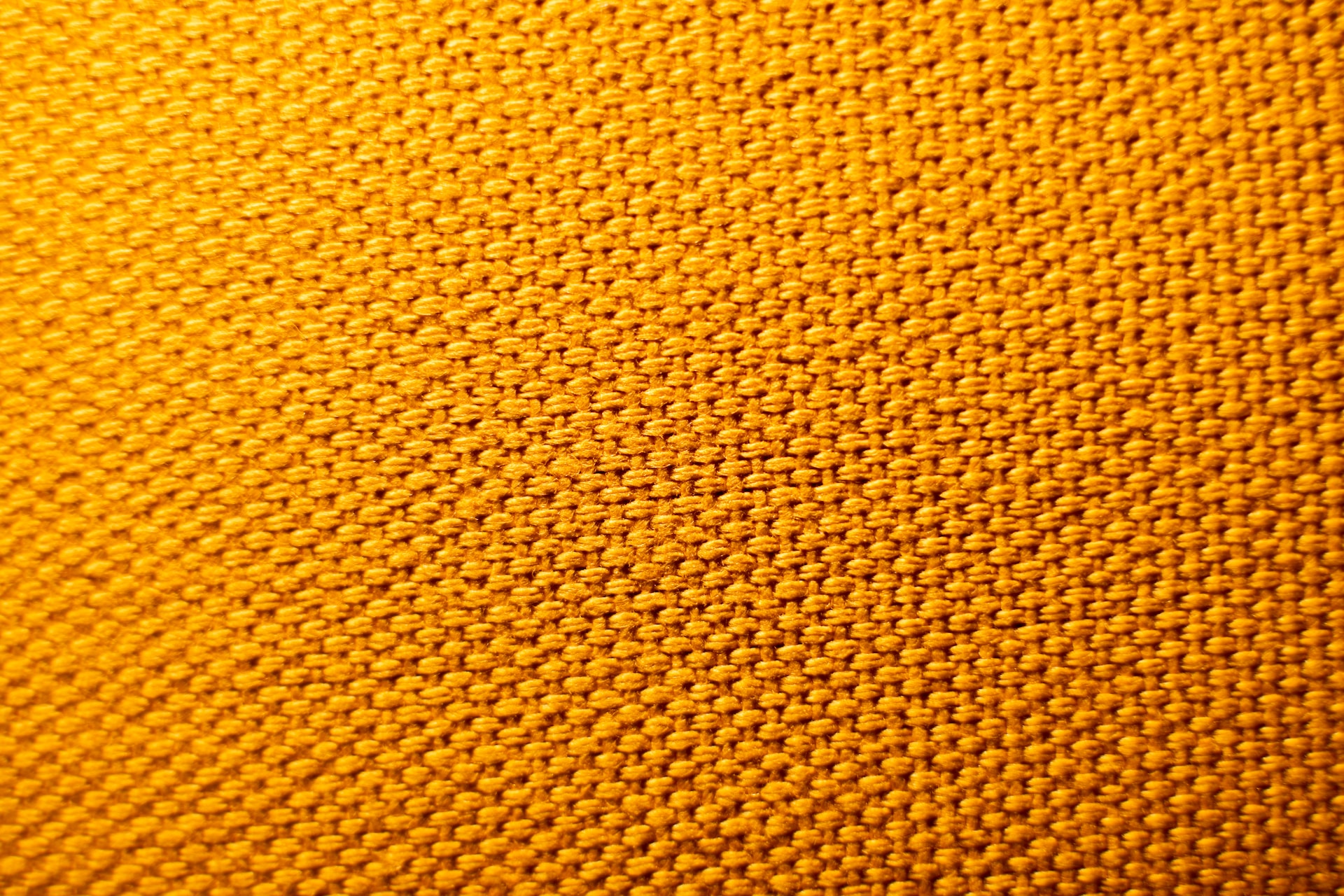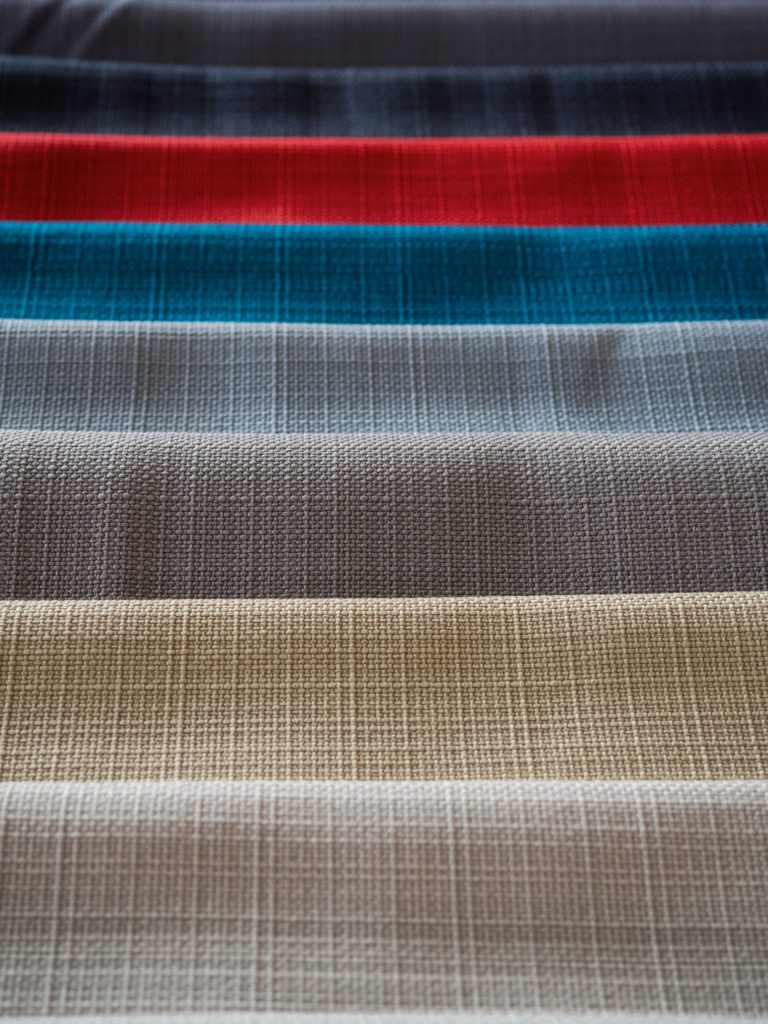
Table of Contents
Introduction
There is no such thing as sound proofing fabric. When people use the sound proofing, they are usually referring to noise transmission issues. Sound (noise) from a source (garbage truck) moves through the air and strikes our room walls. This noise is composed of many different frequencies that range from low to high frequencies. Any material type used to mitigate noise transmission must work at the required frequency of the noise and be strong enough to reduce the strength of noise at that frequency.
There is no such thing as “sound proof”. With noise, nothing is ever absolute. Nothing is “proofed”. With noise , one manages, never eliminated. Let’s examine soundproofing fabric. What frequency would our soundproofing fabric work at? What amplitude or strength of that frequency of noise would it have an impact on? We have been dealing with noise issues for 50 years and we have never used anything labeled soundproofing fabric in our barrier designs.
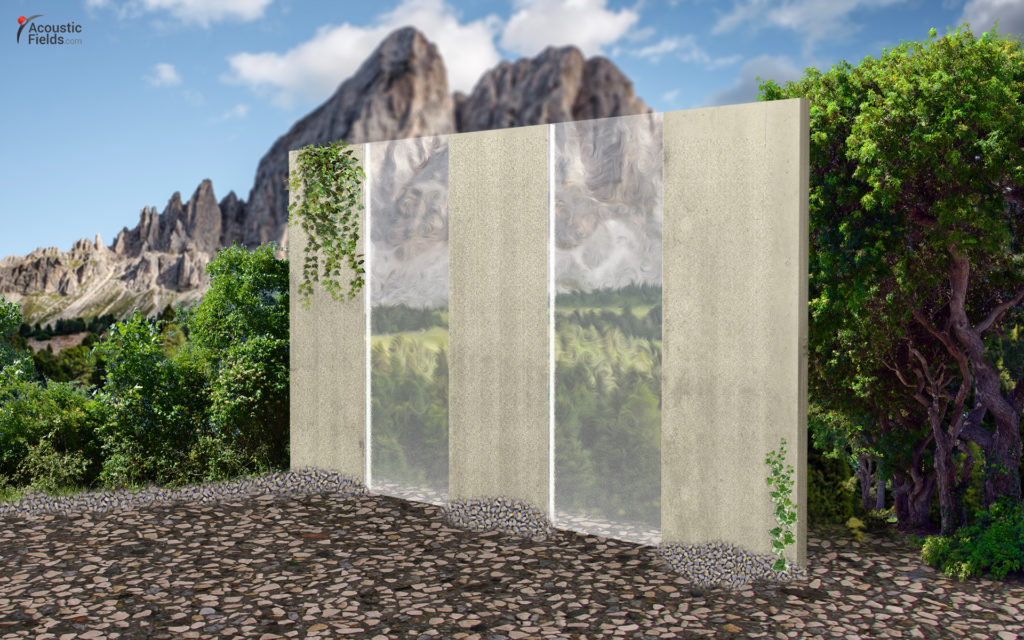
Effective Noise Barrier Design and Materials
A barrier is a structure that one builds that is placed between the source of the noise and the receiver. A barrier is a structure that is designed to deal specifically with the noise issues you are experiencing. All noise issues must be measured for frequency and amplitude. Frequency is what position it occupies on the human hearing scale and amplitude is how strong that noise frequency is. Every material type that one uses with a barrier design to mitigate noise transmission has its job to do to minimize vibration transfer.
When airborne energy strikes a solid surface area, it is transformed into vibrational energy. This vibrational energy burrows through our existing walls in the form of vibrations. In order to minimize the vibrations journey through the barrier wall, we use a series of layers of material types that are designed to reduce the vibrational signal and its movement through the barrier wall. The layers are arranged to deal with the noise numbers that you take with our apps and your cell phone.
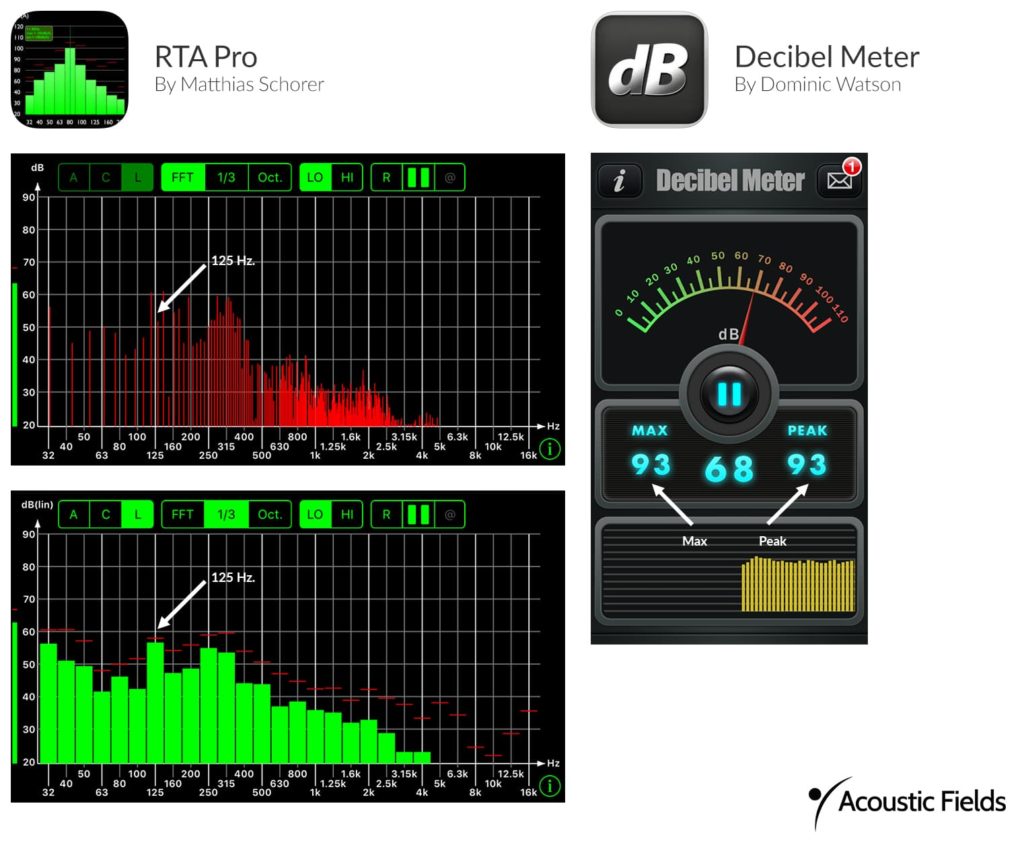
Measuring Noise: The Importance of Daily Readings
When you are measuring noise, you must take noise readings everyday for a complete week. We must know the loudest day and the quietest day. These are termed mins and maxs. You will download the measurement apps that we send you from www.acousticfields.com. You take frequency and amplitude readings twice a day for a full week time frame. You will measure during the quietest part of each day and also at the loudest part of each day.
You record your noise data into our online data sheet. You send us back the data and we design the barrier drawing that you can build yourself or give to a contractor to build for you. The barrier design is based upon the frequency and amplitudes of your loudest day that you measured. When we design for the loudest day shown in the measurements, all other days will be covered. All materials that are used within any barrier design are frequency and amplitude dependent.
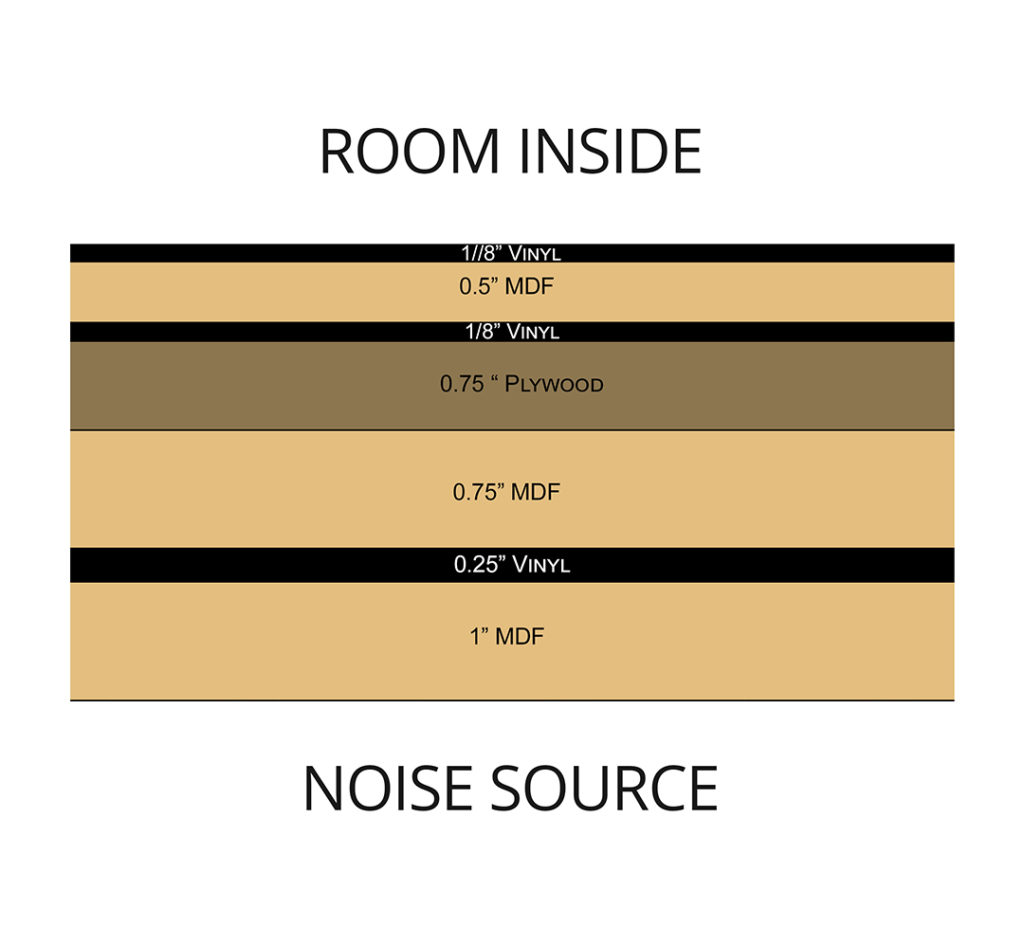
Barrier Design: Materials and Arrangement for Vibration Reduction
Every material, its density or weight, along with the way it is arranged within the barrier is designed to reduce the transfer of vibrations. Let’s use the example of a semi truck mountain driving with brake loss. They exit the road using an offramp designed to bleed the forward energy from the truck since it can not stop on its own. If the 45 degree ramp is not enough to stop it, the bags of water and sand will step in to complete the design task.
We adapt the same procedure with noise transmission technology. Once we have your noise numbers, we can select the proper materials and arrange them within our barrier “sandwich”. With a wood framed stud wall, the sandwiches are placed between the stud spaces and sealed against air creep.
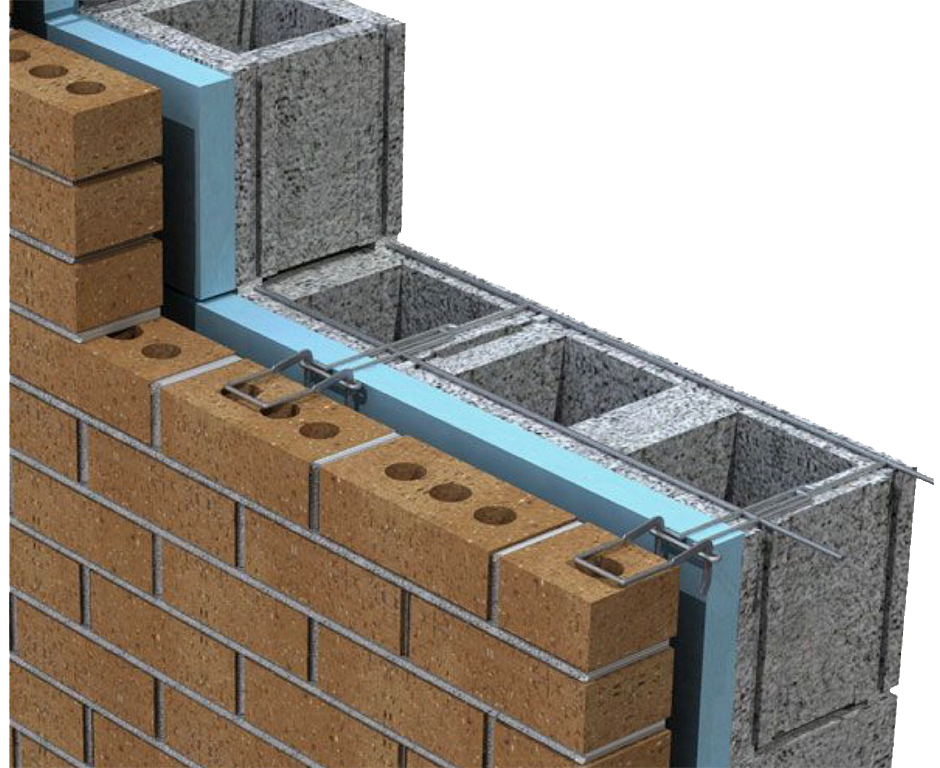
Types of Noise Barrier Designs for Low and High Frequency Noise
There are two main types of barrier designs to consider when you are dealing with noise. There are noise issues that fall below 125 hz. and noise issues that are above 125 hz. Low frequency noise below 125 hz. takes more mass and density than noise issues above 125 hz. Let’s take the low frequency energy generated from neighborhood garbage trucks.
Their low frequency noise is loud or high in amplitude or strength. It sets off the motion alarms in parked cars. This type of noise is the most difficult to manage, the most expensive to treat and takes up the most physical space to resolve. Noise above 125 hz. is mainly voice noise. These frequencies and amplitudes above 125 hz. takes up much less space than noise issues below 125 hz.


